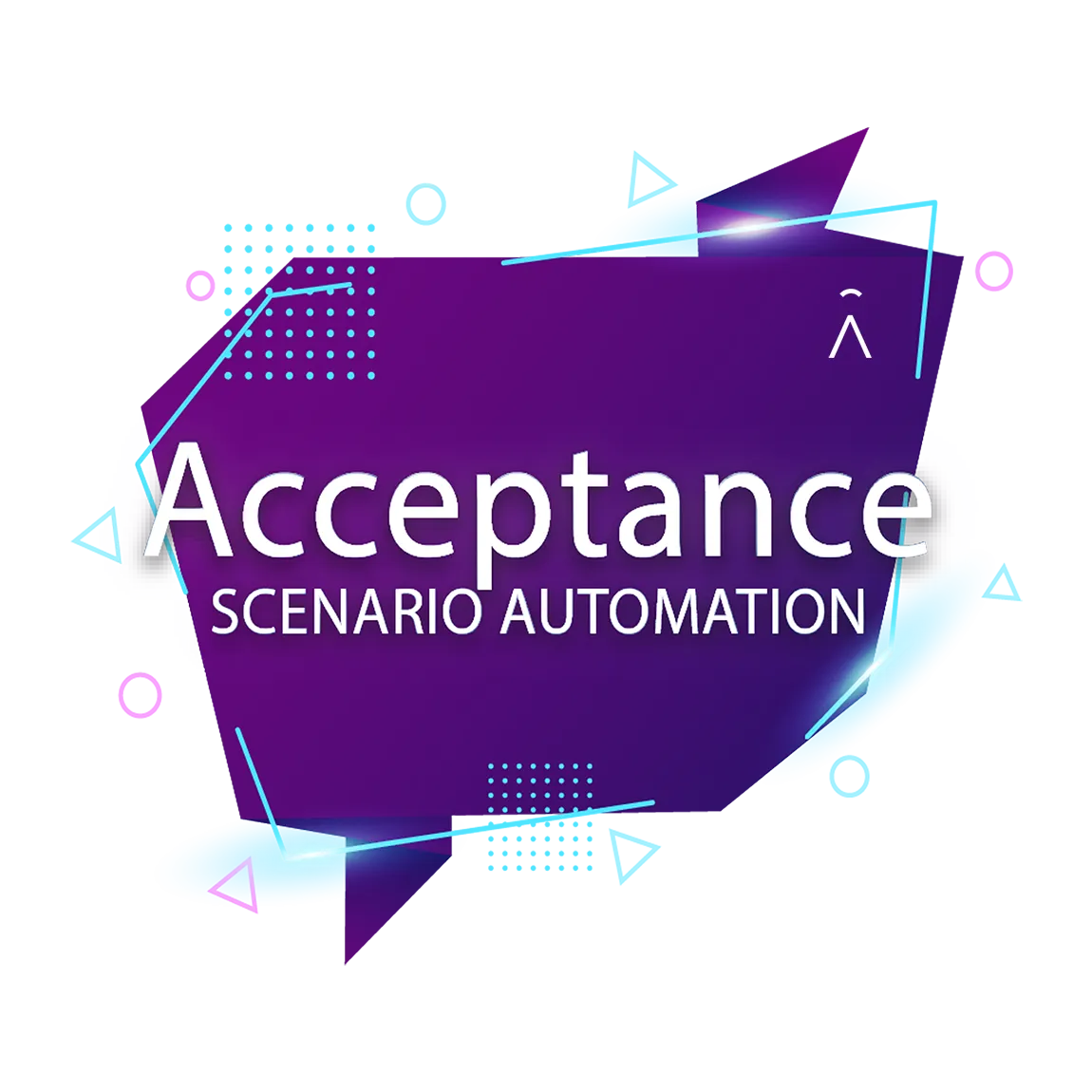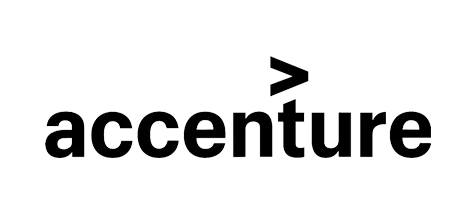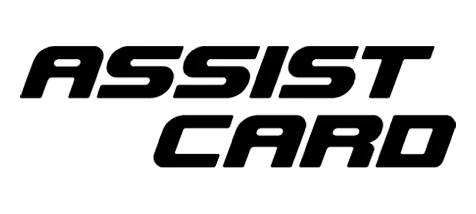
Acceptance Scenario Automation
Promote collaboration, reduce misunderstandings, and improve quality through advanced techniques.
In this TechPill, we will explore a collaborative approach to software development that involves development team members, stakeholders, and end users in defining acceptance criteria through concrete examples.
This course is Sold Out
Join the Waitlist Now
While you wait for doors to reopen, get our news and updates.
What will you learn?
To improve communication: By using concrete examples to specify acceptance criteria, you will facilitate better communication among developers, designers, testers, and stakeholders. This helps ensure that everyone involved has a common understanding of what needs to be built.
To reduce misunderstandings: Concrete examples reduce ambiguities and misunderstandings that can arise from specifications based solely on text. By seeing how the product is expected to function in specific situations, the team can identify and correct interpretation errors before development begins.
To ensure the relevance of tests: By basing tests on real usage scenarios, you can ensure that automated tests are relevant to the business needs and the users' use cases.
To improve product documentation: The examples used serve as live and accurate documentation of the expected behavior of the digital product. This documentation is easy to understand and is kept up to date as the acceptance criteria and code evolve.
Specification by Examples
This approach helps to create a shared understanding of what the software should do and how it should behave in different situations, facilitating communication between team members and stakeholders and improving the accuracy of requirements.
The process generally begins with the creation of user stories or descriptions of the software needs. From these stories, the team generates specific examples that illustrate how the software should function in different scenarios. These examples are then turned into automated tests that guide the development of the software. As the software is developed, the tests are run to verify that the software meets the specified examples. This ensures that the delivered software meets user expectations and business requirements.
This TechPill has no strict prerequisites, participants from various disciplines and experiences can benefit. However, having a basic understanding of digital products and experience in product-related roles could enhance the learning experience.
This flexibility allows individuals eager to deepen their experience in managing the delivery of digital products to participate and succeed, regardless of their level of familiarity with the topic. Take this opportunity to position yourself at the forefront of Product Delivery.
What will I get?
Access to the Alaimo Labs Online Campus
2 miles that you can later exchange for discounts on our live programs
2 Scrum Alliance SEUs for the renewal of your certifications
About the Instructor
Nicolas Paez
Nicolás Páez is a Computer Engineer graduated from the University of Buenos Aires (UBA).
He holds extensive experience working in the software industry (over 20 years).
Nicolás is involved in both the software development industry and academia. He is a university professor at UBA and Tres de Febrero University (UNTreF), in Buenos Aires.
He has completed a specialization in Information Technology Applied to Education and has published several articles and books in the Software Engineering field. He is also an active member of the Latin American Agile community and spoke at
several conferences, such as Agile 2023, Agile 2017, Ágiles 2014, XP 2015 and XP 2016.
Additionally, you will be able to ...
Increase development efficiency: By reducing the time spent discussing and clarifying requirements, and by detecting misunderstandings and errors early on, you can lead the team towards a more efficient development process.
Improve product quality: By ensuring that automated tests are relevant and accurate, you can improve the quality of the delivered product and reduce the time spent on manual testing.
Promote collaboration within the team: By involving team members from different disciplines (development, design, QA) in creating examples, you will foster a culture of collaboration and shared responsibility.
Reduce the risk of iterations: By clarifying acceptance criteria from the start and ensuring adequate test coverage, you will help reduce the risk of deviations in the iteration and failures in achieving the objectives.
This course is Sold Out
Join the Waitlist Now
While you wait for doors to reopen, get our news and updates.
We've worked with organizations like...






















Looking for a different date?
Join the Waitlist Now
While you wait for a new date to be published, get our news and updates.